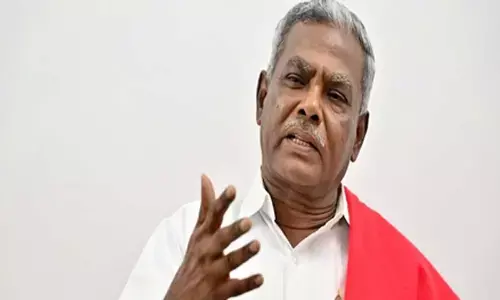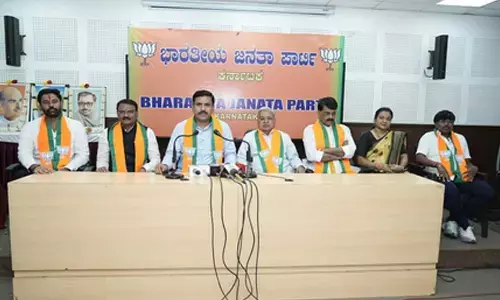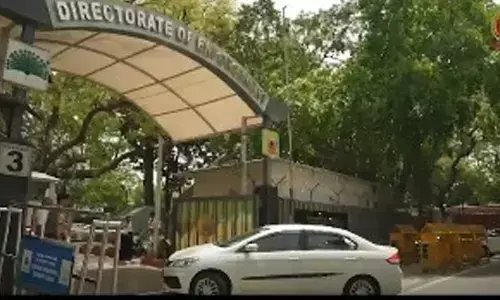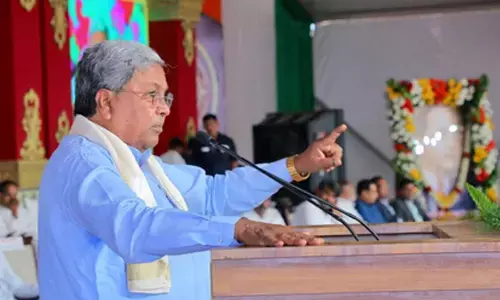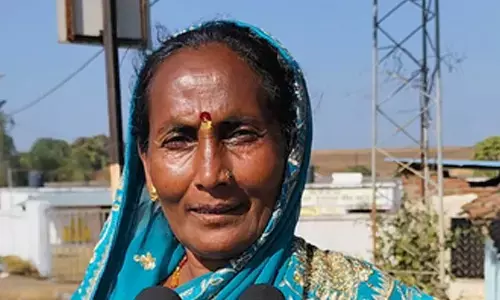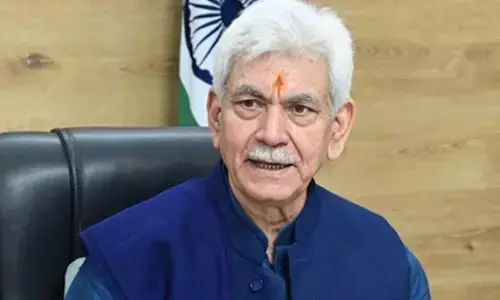Groundwater in 7 mandals found to be unsafe in Prakasam
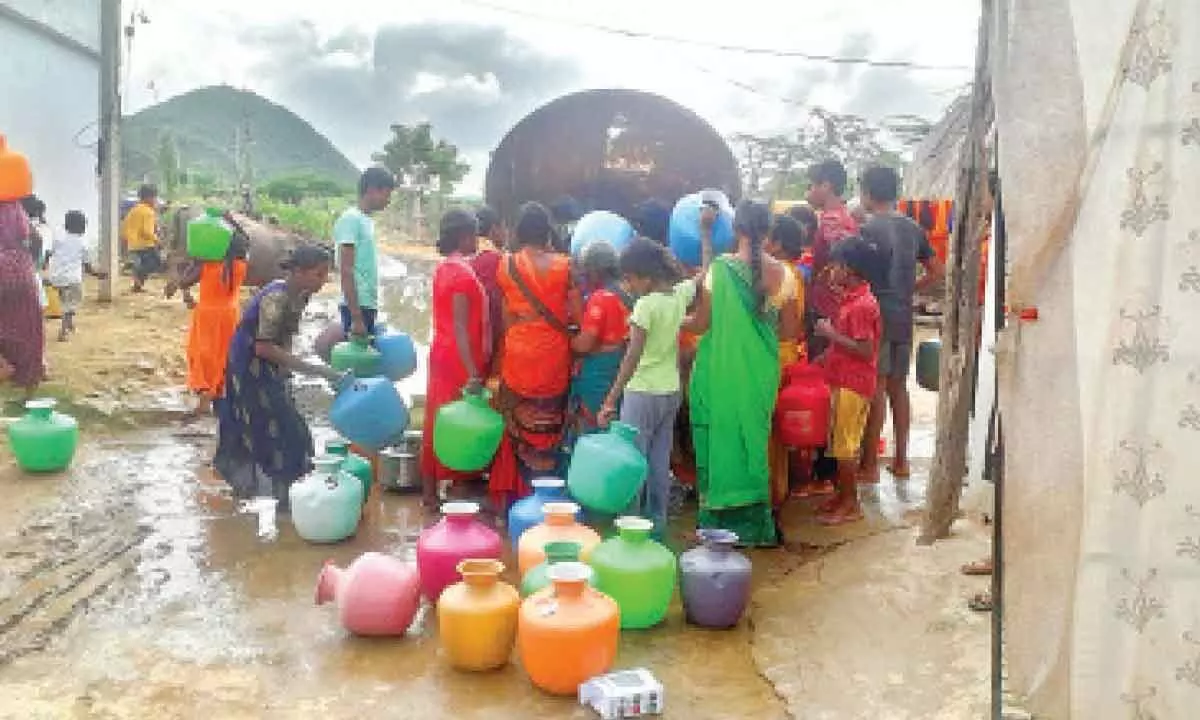
A survey was conducted in October on the Hydro geological Scenario of Water Stressed Mandals in Western Parts of Prakasam district
Ongole: The recent survey done by the Central Ground Water Board, Government of India on the Hydro geological Scenario of Water Stressed Mandals in Western Parts of Prakasam district found that the groundwater in only one out of the 154 villages in seven mandals is safe for drinking.
The scientists who conducted the survey observed that the groundwater recharge, discharge, movement, and storage are very limited due to the underlying meta-sedimentary formations, and their high gradients and steep slopes, and recommended for continuation of the practice of tractor supply for drinking water.
Persuasion of the SE, RWS & S, Ongole, under the supervision and guidance of G Krishna Murthy, Regional Director, CGWB Southern Region, Hyderabad, 3 scientists from CGWB Visakhapatnam, Ravi Kumar Gumma, Md Sarif Khan and Lakshmi Narayana Damodara conducted a study last month on the Hydro geological Scenario of Water Stressed Mandals in Western Parts of Prakasam district. The scientists conducted the study in seven mandals, Yerragondapalem, Pullalacheruvu, Tripuranthakam, Dornala, Pedda Araveedu, Markapur and Tarlupadu and submitted a brief report which explained climate and rainfall, drainage and basin, drinking water requirement and sources for supply, geology, groundwater yield, groundwater drought index and risk assessment as per drinking water source sustainability along with other factors.
The area is short of rainfall by 44 per cent on average to the normal rainfall. In all 632 square kilometre crop area and about 304.5 square kilometre area is irrigated through 45,994 bore wells, and only a 78 square kilometre area in the Krishna, Gundlakamma, Musi and Paleru basin is irrigated by surface water.
57 per cent of the area is underlain by shale, 32 per cent by quartsite, and another 10 per cent by shale and phyllite. After considering the decadal average depth to water, the average pre-monsoon ground water level is 29.6 metres and post-monsoon ground level is 22 metres below ground level, and classified that 145 villages are groundwater drought-prone villages.
Experts also found that the ground water in 153 of the 154 villages contains more than 1 ppm of iron, more than 1.5 ppm of fluoride, more than 10 ppb of arsenic and more than 500 TDS of salinity and is risky drinking.
Expects recommended the construction of 45 check dams, 17 percolation tanks, and the desalting of the existing 427 tanks in the seven mandals. They advised the RWS & S department to continue the existing practice of tanker supply for drinking water as the immediate source supply measure.
The RWS & S SE Sk Mardan Ali said that the government may consider the scientists’ recommendations and take necessary measures. He said that they are willing to continue the tanker supply of drinking water until the Veligonda project is completed and starts supplying the water.









